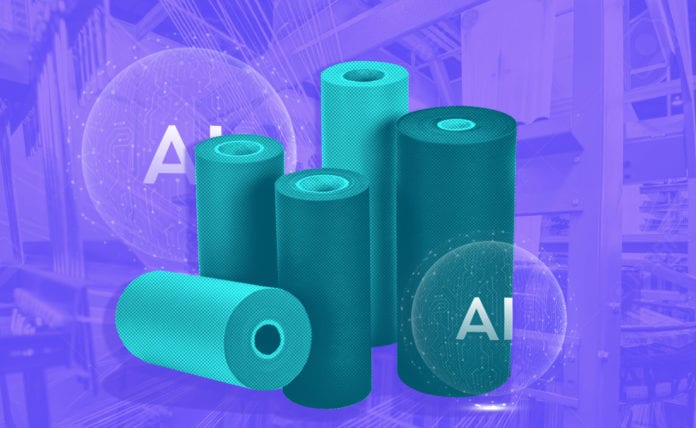We are working on how this sector will have a long-term impact on the country’s economy. Textile industries are very harmful to the environment. Water and chemicals mixed with contaminated and various chemicals of washing, scouring, dyeing companies are constantly challenging us. For this reason, sustainability is very important in the textile sector. Sustainability is the sustainable development of textile companies that will meet current needs without harming the environment and will enable future generations to meet their own needs.
3 pillars of sustainability
The Environmental Pillar: The company places a lot of emphasis on environmental pillars such as reducing carbon footprints, packaging waste, water usage and their overall effect on the environment. Companies have found that have a useful impact on the planet can also have a positive financial impact. The five phases of environmental sustainability is the material, manufacturing, retail, consumption and disposal phase.

The Social Pillar: Social sustainability focuses on the support and approval of its employees, stakeholders and the community it operates in who can help businesses in a number of ways like raising internal morale and employee engagement, improving risk management, unlocking new markets etc.
The Economic Pillar: Economic sustainability is the practices that support long term economic growth without negatively affecting social, environmental and cultural aspects of the community. This pillar focuses on certain activities such as compliance, proper governance, risk management etc.
What are the sustainable practices in textile industry?
Sustainable textile means the production process that will be made environmentally friendly meaning all materials and processes, input and outputs will be healthy and safe for people and the environment at all stages of the life cycle. Production and processing of sustainable textiles which come from renewable or recycled sources not only help to reduce the negative impacts to the environment but also supports millions of workers to earn fair and ensure proper working conditions.
Sustainability need in textile industry
- The use of natural resources has been increasing over the last few years.
- Chemicals used in textile industry have led to an increase in water pollution which is currently leading to water scarcity.
- Textiles consume large amount of fossil fuels during wet treatment. Fossil fuels contain large amount of carbon and react with oxygen to form carbon dioxide which increases the amount of global warming in the world.
- Apparel industries also need to eliminate environmental hazards and improve process efficiency.









